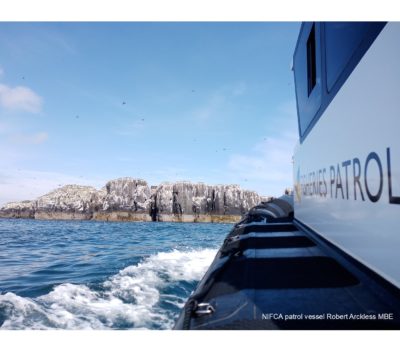European Marine Sites (EMS) Information sheets
European Marine Sites (EMS) are areas of sea that are protected by law because they support wildlife and/or habitat that are of European importance. We have two downloads available here providing information:


